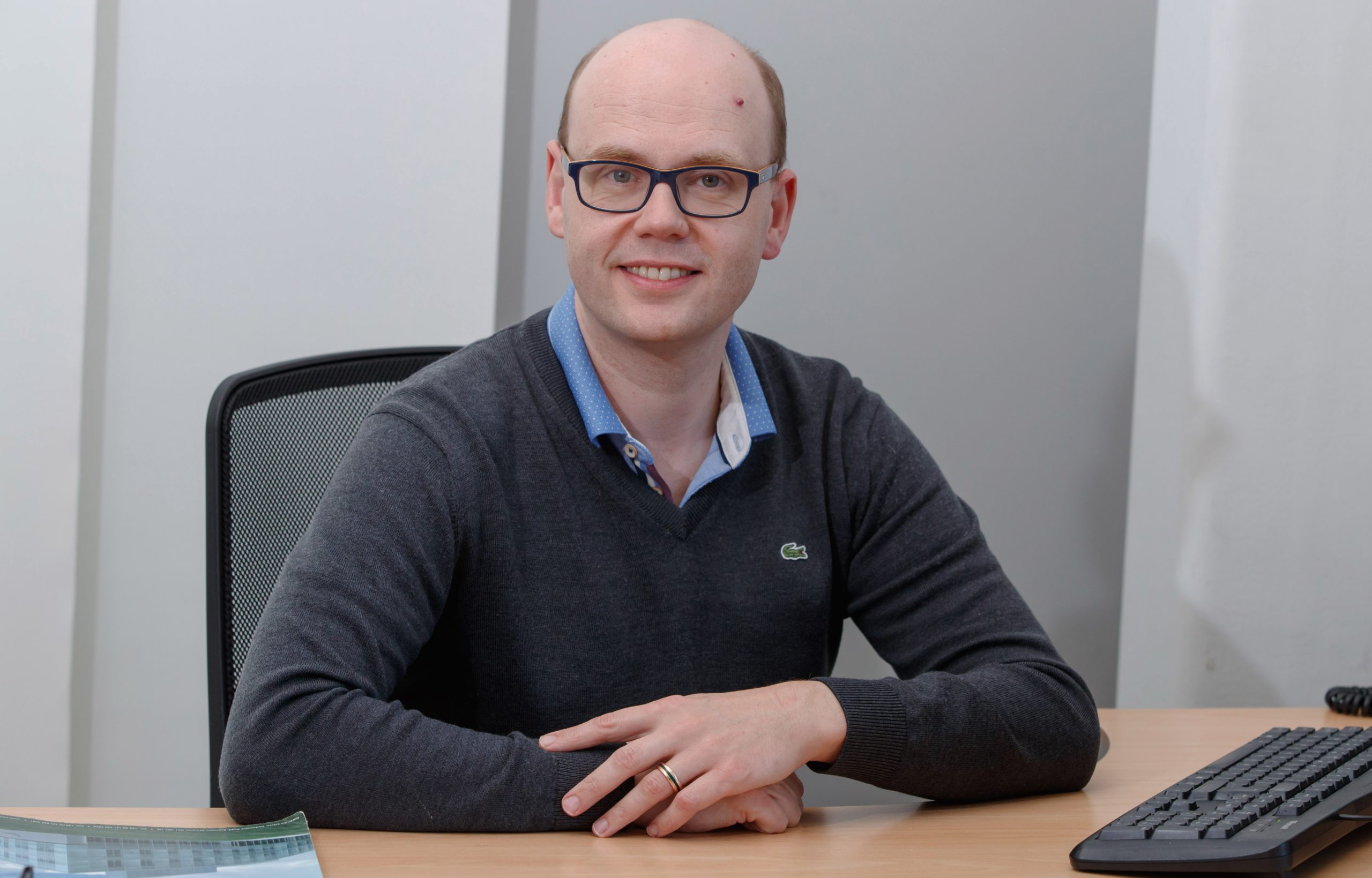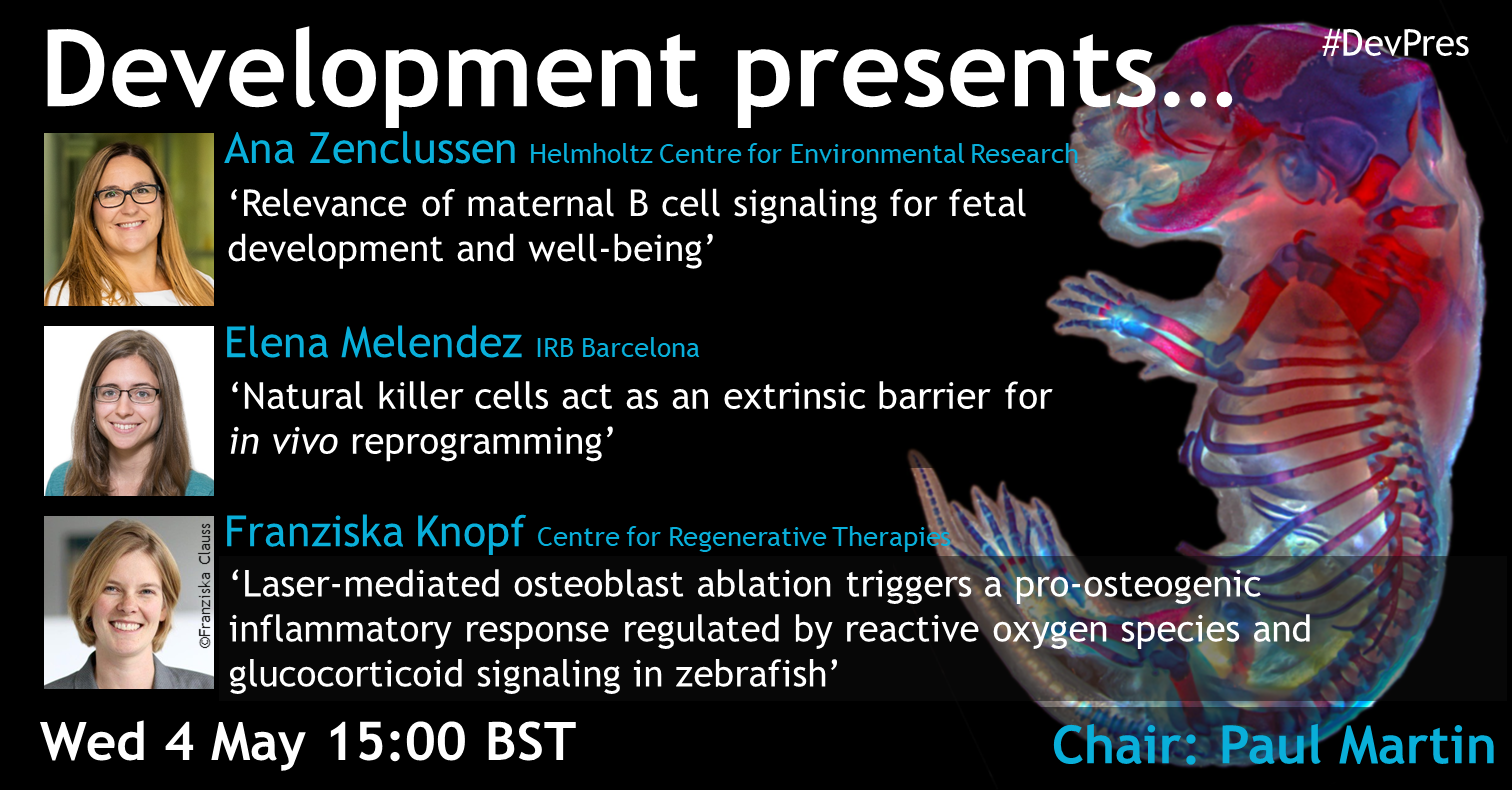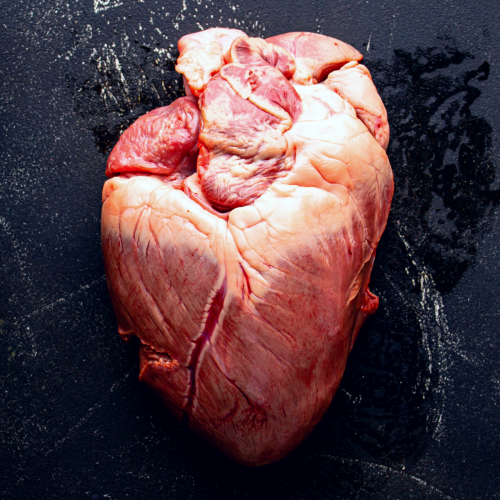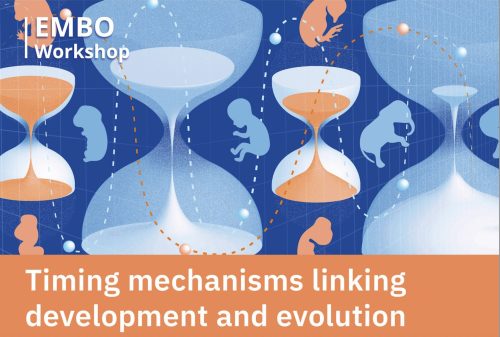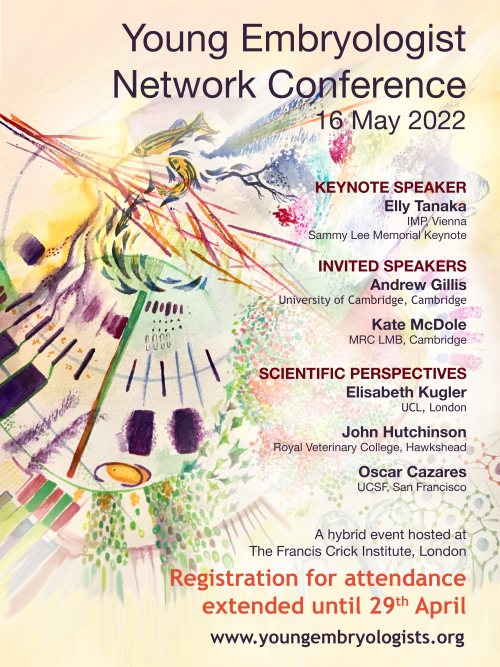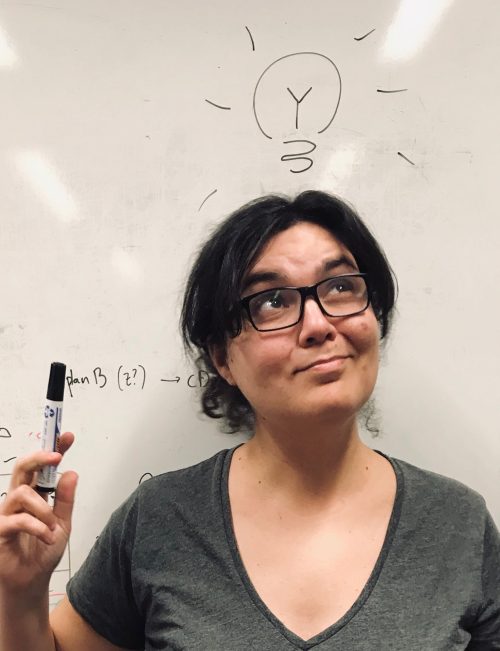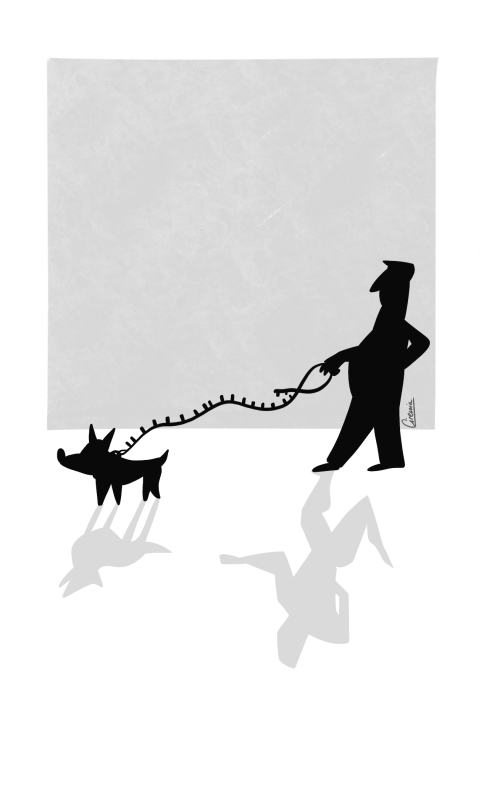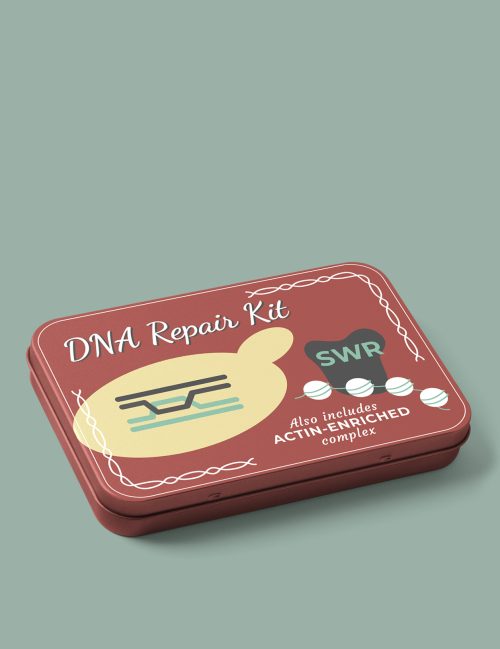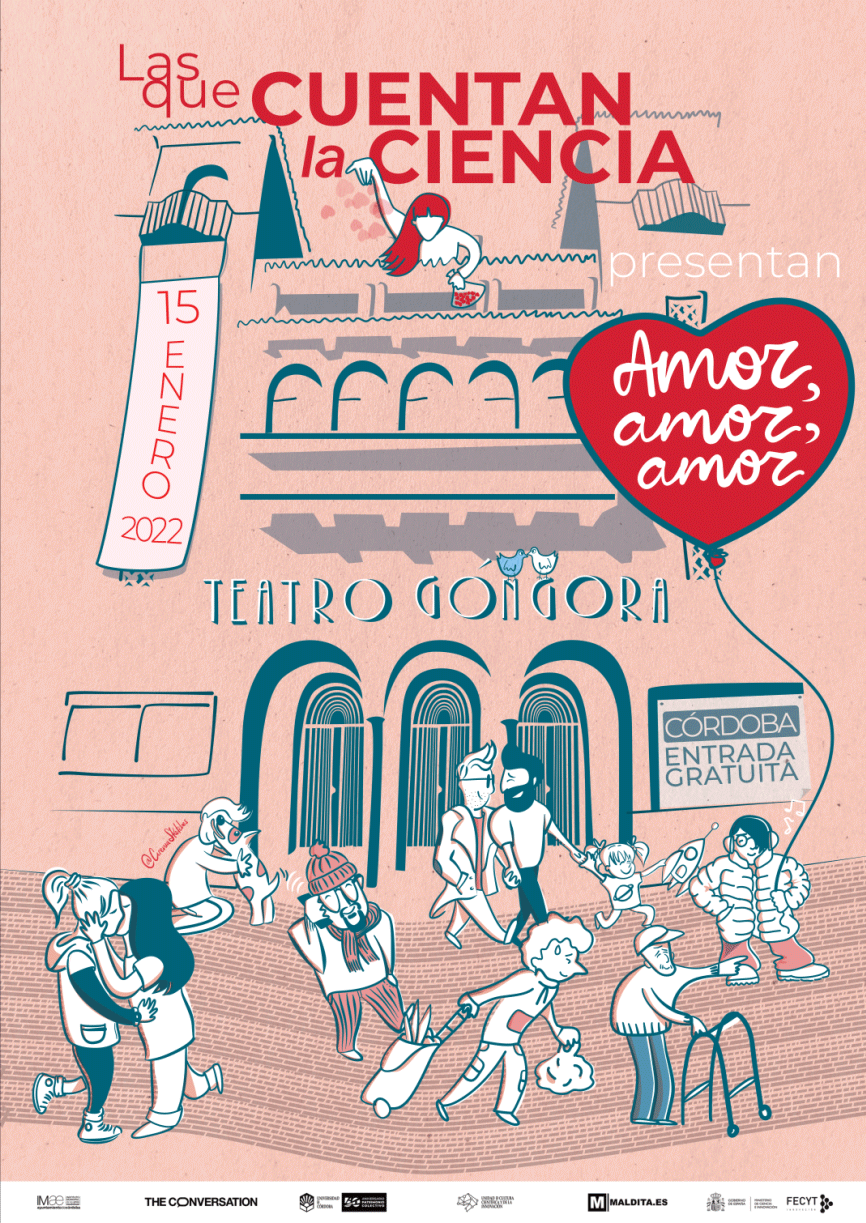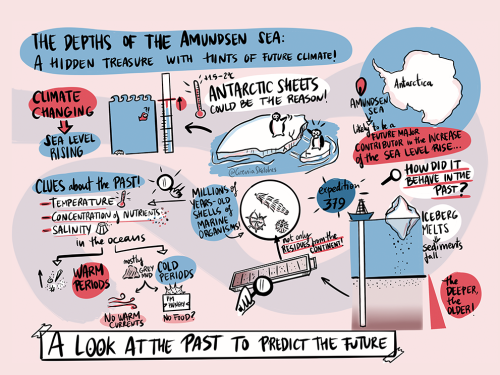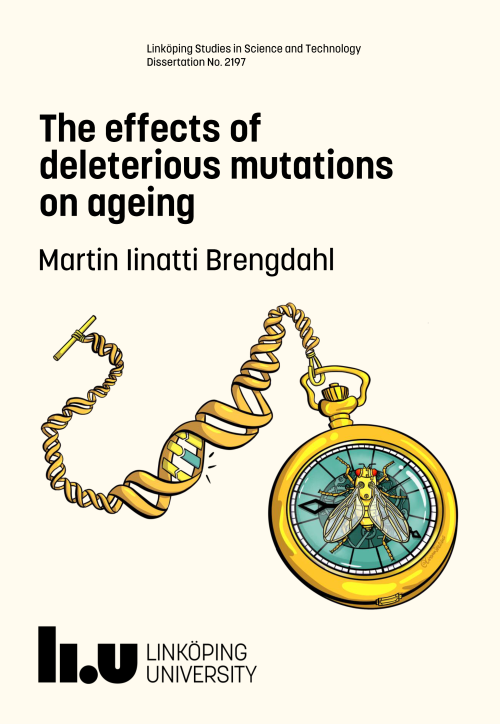Which came first (in TDP-43 proteinopathies): The protein depletion or the aggregation?
Posted by Katelyn Senkus, on 27 April 2022
This post highlights the approach and finding of a new research article published by Disease Models and Mechanisms (DMM). This feature is written by Katelyn E. Senkus, MS as a part of a seminar at The University of Alabama (taught by DMM Editorial Board member, Professor Guy Caldwell) on current topics related to use of animal and cellular model systems in studies of human disease.
Neurodegenerative diseases encompass a range of conditions, each with a unique pathophysiology and manifestation of symptoms. Although seemingly disparate, conditions like amyotrophic lateral sclerosis (ALS) and frontotemporal lobar degeneration (FTLD) share a key underlying feature, TDP-43 abnormalities, and are classified as TDP-43 proteinopathies (de Boer et al., 2020). TDP-43, a nuclear protein encoded by the TARDBP gene, is critical to cellular function through its role in transcriptional repression and exon skipping activation (Ratti and Buratti, 2016). Hallmark features of TDP-43 proteinopathies include cytoplasmic TDP-43 protein aggregations and TDP-43 nuclear depletion. TDP-43 can form cytoplasmic aggregates that deleteriously affect neuronal health, including cellular toxicity, signaling cascade interference, and sequestration of additional TDP-43, thus rendering it inactive. Such aggregates are present in 97% and 50% of ALS and FTLD patients, respectively (de Boer et al., 2020; Jo et al., 2020). Generally, TDP-43 nuclear depletion is considered secondary to TDP-43 aggregation in the onset of ALS. However, could nuclear depletion be a driving factor of disease? A meta-analysis reported that 24% of healthy older adults exhibited TDP-43 aggregations (Nascimiento et al., 2018). Acknowledging that genetic mutations account for only 1-5% of cases, what is different between healthy individuals and their ALS counterparts (de Boer et al., 2020)? Perhaps the answer lies in epigenetic modifications controlling TDP-43 expression.
A recent report in Disease Models & Mechanisms by Pacetti et al., (2022) explored the hypothesis that levels of endogenously synthesized TDP-43 may influence an individual’s ALS risk. Accordingly, the purpose of this study was to characterize TDP-43 levels across tissues throughout the lifespan and to elucidate mechanisms underpinning potential variations in TDP-43 production.
TDP-43 mRNA and protein levels were quantified in various tissues of 10- and 90-day-old mice. Significant reductions in TDP-43 mRNA and protein were observed in brain tissue from 90-day-old mice, but not liver tissue. When extended to 360-day-old mice, no further reductions occurred.
TDP-43 levels are mediated by autoregulatory mechanisms, but this does not fully explain the differential findings by tissue and stability over time. Thus, the effect of epigenetic modifications on TDP-43 production was investigated. In the TARDBP promoter, 113 CpG sites, clustered into four CpG-rich islands, were identified. A significant inverse association between CpG sites 109-113 in island 4 methylation and TDP-43 expression was observed in brain tissue of 90-day-old mice. As anticipated, liver DNA methylation remained unchanged. Findings were substantiated in an in vitro model using mouse motor neuron-derived NSC-34 cells. Following induction of hypomethylation, significant increases in TDP-43 mRNA and protein levels were observed; whereas, hypermethylation significantly reduced promoter activity.
Epigenetic investigation continued with histone modification assessment in an in vivo model. Generally, reduced gene expression is observed with increased H3K27me3 and decreased acH2.A.Z. ChIP-qPCR analysis revealed a 4-fold increase in H3K27me3 and 1.8-fold decrease in acH2.A.Z in brain tissue of 90-day old mice.
To support research translation, experiments were repeated in human SH-SY5Y cells and 125 CpG sites, clustered into three CpG-rich islands, were identified in the TARDBP promoter. Sites in the most upstream island were methylated which is in contrast to the animal findings where methylation occurred at the downstream islands. Nonetheless, hypomethylation and hypermethylation experiments generated similar results.
Collectively, findings support the hypothesis that epigenetic modifications in the TARDBP promoter underpin the differential expression of TDP-43 in mouse tissues at two different ages. Authors postulate that variations in ALS onset may be attributed, in part, to different levels of epigenetic modification of this gene. For example, TDP-43 aggregates in combination with low levels of endogenous TDP-43 production in the brain may predispose an individual to ALS. Whereas, the same concentration of TDP-43 aggregates paired with moderate-to-normal levels of TDP-43 production may prevent onset, as endogenously produced TDP-43 compensates for sequestration by aggregates. Variations in epigenetic modifications were not explored in this study, as inbred animal models generally exhibit homogenous features. However, it is well-established that humans’ environments influence epigenetic processes; thus, the aforementioned presumption is plausible (Alegría-Torres et al., 2013).
To date, potential ALS therapies have targeted TDP-43 aggregates in the brain, including small molecular inhibitors and heat shock proteins (de Boer et al., 2020). Pacetti et al., (2022) proposes a new mechanism of equal importance. Interventions that reduce DNA methylation and/or influence histone modification of the TARDBP promoter may restore TDP-43 functionality and overcome the consequences of TDP-43 aggregates. It is critical to explore if compensation is indefinite or only slightly extends disease-free time. Nevertheless, acknowledging that many neurodegenerative diseases present with TDP-43 abnormalities, the current study results have the potential to significantly impact public health through development of epigenetic-targeted therapies.
REFERENCES
Alegría-Torres, J.A., Baccarelli, A., Bollati, V. (2013). Epigenetics and lifestyle. Epigenomics. 3, 267-277.
de Boer, E.M., Orie, V.K., Williams, T., Baker, M.R., De Oliveira, H.M., Polvikoski, T., Silsy, M., Menon, P., van den Bos, M., Halliday, G.M., et al. (2020). TDP-43 proteinopathies: a new wave of neurodegenerative diseases. J. Neurol. Neurosurg. Psychiatry. 92, 86-95.
Jo, M., Lee, S., Jeon, Y-M., Kim, S., Kwon, Y., Kim, H-J. (2020). The role of TDP-43 propagation in neurodegenerative diseases: integrating insights from clinical and experimental studies. Exp. Molec. Med. 52, 1652-1662.
Nascimiento, C., Di Lorenzo Alho, A., Amaral, C.B.C., Leite, R.E.P., Nitrini, R., Jacob-Filho, W., Pasqualucci, C.A., Hokkanen, S.R.K., Hunter, S., Keage, H., et al. (2018). Prevalence of TDP-43 proteinopathy in cognitively normal older adults: systematic review and meta-analysis. Neuropathol. Appl. Neurobiol. 44, 286-297.
Pacetti, M., De Conti, L., Marasco, L.E., Romano, M., Rashid, M.M., Nubie, M., Baralle, F.E., Baralle, M. (2022). Physiological tissue-specific and age-related reduction of mouse TDP-43 levels is regulated by epigenetic modifications. Dis. Model. Mech.
Ratti, A., Buratti, E. (2016). Physiological functions and pathobiology of TDP-43 and FUS/TLS proteins. J. Neurochem. 138, 95-111.


 (No Ratings Yet)
(No Ratings Yet) (1 votes)
(1 votes)